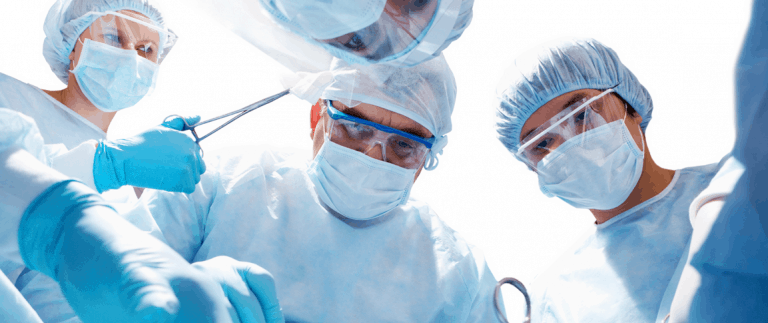Infertility is often thought of as a female issue, but according to WebMD, about 40% of the time, male infertility is to blame. Even if you have the ability to maintain erections and ejaculate normally, it is possible that you might be infertile. This male health problem can often be attributed to low sperm counts or abnormalities in the sperm. But another potential cause of male infertility is testicular torsion.
What Is Testicular Torsion?
The testicles, or testes, are two oval organs located inside the scrotum, which is the sac located behind the penis. The testicles are essential for the production of hormones like testosterone. They also produce sperm. A problem with the testicles can lead to male infertility.
Testicular torsion refers to the rotation of a testicle. This causes a twist in the spermatic cord, which interferes with the blood supply to the testicle and other nearby structures in the scrotum. Without blood, the tissues cannot live.
Signs and Symptoms
The most obvious sign of testicular torsion is excruciating pain in one of the testicles. It is also characterized by sudden swelling of a testicle, elevation of a testicle, and possible abdominal pain. Some patients have also reported nausea, vomiting, and fever. Men may also have experienced previous testicular pain. If you experience any of these signs and symptoms, seek immediate medical help. Testicular torsion is an emergency medical situation that requires prompt treatment.
Treatment
Testicular torsion requires surgery. In rare cases, the doctor may be able to manually untwist the testicle. This is called manual detorsion. Even if this is possible, surgery is still required to ensure that the problem does not recur.
You will be placed under general anesthesia. The surgeon will make a small incision in the scrotum and untwist the spermatic cord. He will also stitch one or both of your testicles to the inside wall of the scrotum. This prevents them from twisting again. This surgery is typically an outpatient procedure.
Complications
If treatment is not prompt, the doctor may be unable to save the testicle. Treatment within six hours is preferable. Otherwise, severe damage or death of the testicle may occur. Surgical removal may be necessary for a severely damaged testicle. The loss of a testicle or damage to one of them can result in male infertility.
Causes and Risk Factors
It has been suggested that a family history of testicular torsion can increase the risk. Previous testicular pain, or intermittent torsion and detorsion, can also raise the risk. The condition is more common amongst infants and boys between the ages of 12 and 16. However, it may also sometimes occur in older men.
It can sometimes occur after strenuous exercise, or after trauma to the scrotum. Testicular torsion can also occur when a man does not have enough connective tissue in the scrotum. The condition may be more common during adolescence due to rapid growth during puberty. In some cases, the cause of testicular torsion may be undetermined.







